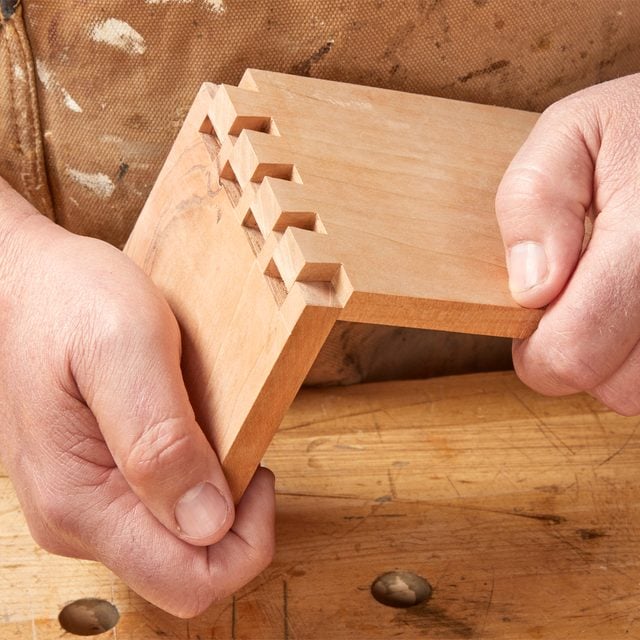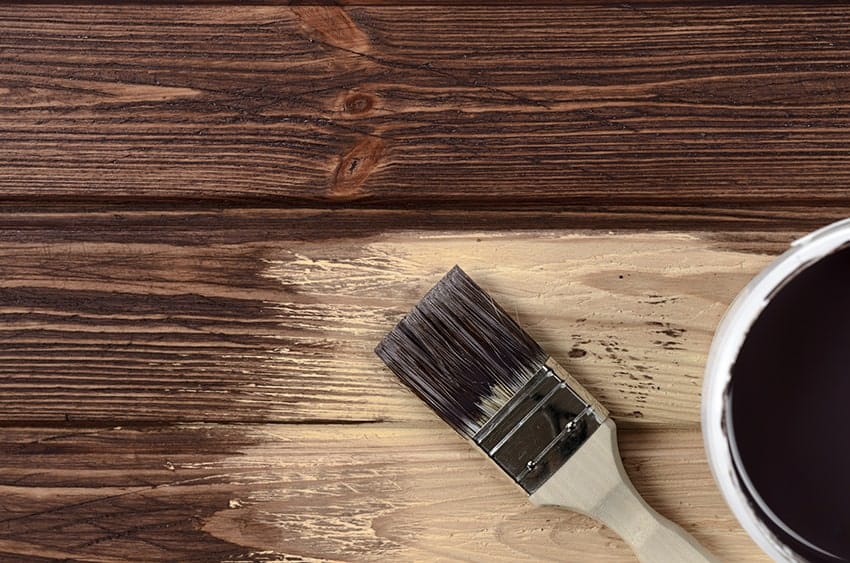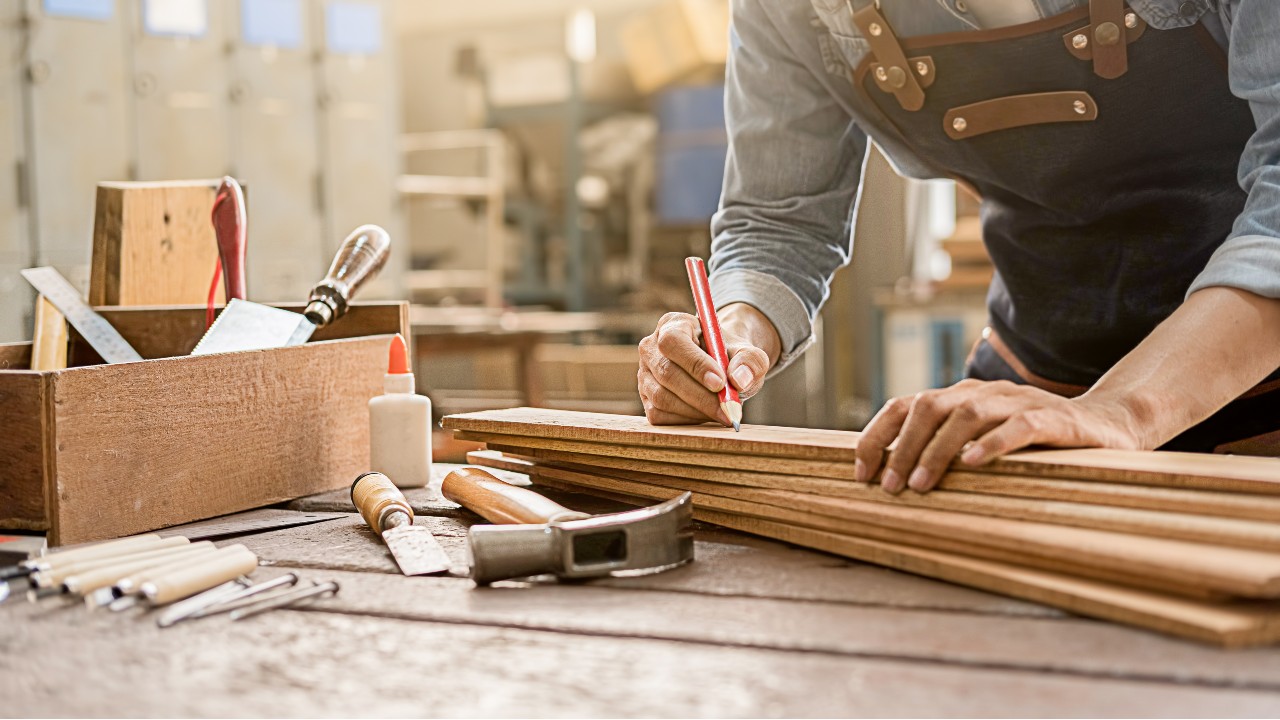There’s something truly magical about working with your hands. Imagine taking a raw, rough piece of wood and, through patience, skill, and creativity, transforming it into something beautiful, functional, and uniquely yours. This is the essence of DIY woodworking. It’s not just a hobby; it’s a journey of discovery, mindfulness, and pride in craftsmanship. Each cut, each sanding motion, and each carefully placed joint becomes part of a story—a story that is yours to tell.

Creativity Unleashed
Woodworking is one of the few hobbies where your imagination meets tangible results. Each project starts as a blank canvas—whether it’s a simple stool, a bookshelf, or a custom cabinet. You decide the shape, the style, the finish, and the details. For many, the joy lies in experimentation. Trying different joinery techniques, mixing wood types, or experimenting with stains and finishes allows you to express creativity in a way that is deeply satisfying. Unlike digital creations or pre-made furniture, woodworking gives you something you can hold, touch, and proudly display in your home.
The beauty of creativity in woodworking is that there are no strict rules. You can design something rustic and rugged, or sleek and modern. A beginner might make a small coffee table from pine, while a more advanced woodworker could tackle a complex curved headboard made from cherry. The point is that the material responds to your vision, and every piece you create has your signature built into it. Even mistakes often add charm; a knot in the wood or a slightly uneven edge might give a project more character than perfection ever could.

Save Money DIY
Many people hesitate to start woodworking because they fear it’s expensive or complicated. The truth is, DIY woodworking can save money while giving you the satisfaction of creating something unique. Consider the cost of a high-quality wooden table from a store—it might run hundreds or even thousands of dollars. By crafting it yourself, you not only reduce costs but gain something that fits your exact space, style, and preference.
For example, let’s say you want a farmhouse-style dining table. At a furniture shop, you’d pay well over $1,000. But with some basic tools, a weekend of work, and under $200 in lumber, you could build one that looks even better and carries your personal story. On top of that, if you make something and later decide to upgrade, you can recycle the materials or repurpose parts of the build. Waste is minimal, and the learning you gain along the way is priceless.

Mindful and Relaxing
Woodworking is not just about creating physical objects—it’s a form of therapy for the mind. In our busy digital world, it’s easy to feel overwhelmed by constant notifications, emails, and deadlines. The act of woodworking demands focus. You concentrate on measuring, cutting, and assembling. The rhythmic motions of sanding, planing, and hammering have a calming effect, helping you disconnect from stress and reconnect with your creativity.
Many woodworkers describe their shop as their “sanctuary.” The smell of sawdust, the feel of grain beneath your fingertips, and the hum of tools create a sensory environment unlike any other. It’s meditation in motion. Even 30 minutes of woodworking after a long day can provide mental clarity, lower stress, and give a sense of accomplishment.

Pride in Craftsmanship
There’s a unique pride that comes from completing a woodworking project. Every scratch, joint, and sanding mark tells the story of your effort, patience, and growth. Unlike store-bought items, handmade creations carry your personality, style, and story. They are imbued with character and authenticity, making them truly one-of-a-kind.
Think about gifting a friend a handcrafted jewelry box or building a bookshelf for your child’s room. These items hold sentimental value far beyond anything money can buy. And when guests visit and admire your work, you get the unbeatable satisfaction of saying: “I made that.”

Avoid Common Pitfalls
While woodworking is rewarding, beginners should be aware of common mistakes that can hinder progress or damage projects. The most frequent errors include inaccurate measurements, rushing the finishing process, using the wrong wood type, or neglecting safety precautions. Awareness is key—learning from these mistakes early saves time, frustration, and materials.
Always measure twice and cut once. Keep your tools sharp. Don’t rush sanding or staining—these “boring” steps often make the biggest difference in how polished the final piece looks. And above all, use safety gear: goggles, hearing protection, and dust masks aren’t optional.

Getting Started Without Overwhelm
One of the biggest barriers for beginners is fear—fear of failure, fear of complexity, and fear of wasting materials. The key to overcoming this is to start small. Simple projects such as a wooden stool, a birdhouse, or a small shelf are perfect for gaining confidence. These projects teach fundamental skills—measuring, cutting, sanding, and finishing—without overwhelming you.
Don’t feel pressured to buy every tool at once or to make a perfect project. The magic of woodworking lies in the process. Start where you are, with what you have, and grow step by step. Each project becomes a teacher.
:max_bytes(150000):strip_icc()/spruce-diy-birdhouse-8-5abd005a642dca0036c4aba4.jpg)
Leveling Up Your Skills
Once foundational skills are mastered, advanced woodworking techniques open up a new world of possibilities. Learning dovetail joints, mortise-and-tenon construction, intricate carvings, or wood inlay can transform a simple piece into a work of art. These techniques require patience and practice but result in stunning, functional projects that demonstrate mastery and dedication.

Choosing the Right Wood
Wood selection is critical to project success. Softwoods like pine and cedar are easy to work with and ideal for beginners, while hardwoods such as oak, maple, and cherry offer durability and beauty for advanced projects. Understanding wood grain, moisture content, and finishing properties ensures your project not only looks great but lasts for years.

Essential Tools for Beginners
Starting woodworking doesn’t require a massive investment in tools. A basic toolkit includes measuring tools, saws, clamps, chisels, a hammer, a screwdriver set, sandpaper, and a workbench. As skills grow, adding power tools like a drill, circular saw, or router can expand project possibilities. Focus on quality over quantity; durable tools make work easier and safer.

Finishing Touches Matter
The finish is where your project truly shines. Sanding, staining, painting, and sealing elevate a basic piece of wood into a polished creation. Take time to experiment with finishes on scrap pieces first. Layering stains or mixing colors can create unique effects that reflect your personality and style.

Why Start Woodworking Today
Whether you seek creativity, mindfulness, pride, or financial savings, woodworking offers something unique for everyone. It’s a craft that teaches patience, sharpens the mind, and rewards you with tangible, lasting results. Each project, from simple shelves to intricate furniture, represents a journey of growth and discovery. By starting today, you embark on a path where your imagination and hands collaborate to bring ideas to life.

Frequently Asked Questions
Is woodworking expensive to start?
Not at all. Many beginners start with simple hand tools and inexpensive softwood. Over time, you can invest in more advanced tools as your skills and budget allow.
Do I need a large workshop?
No. Many woodworkers start in a garage, basement, or even a small outdoor shed. Organization matters more than space.
What’s the easiest first project?
A birdhouse, shelf, or simple stool is ideal. These teach core skills without overwhelming complexity.
How long does it take to finish a project?
That depends on size and detail. A birdhouse might take an afternoon, while a dining table could take a week or more of evening work.